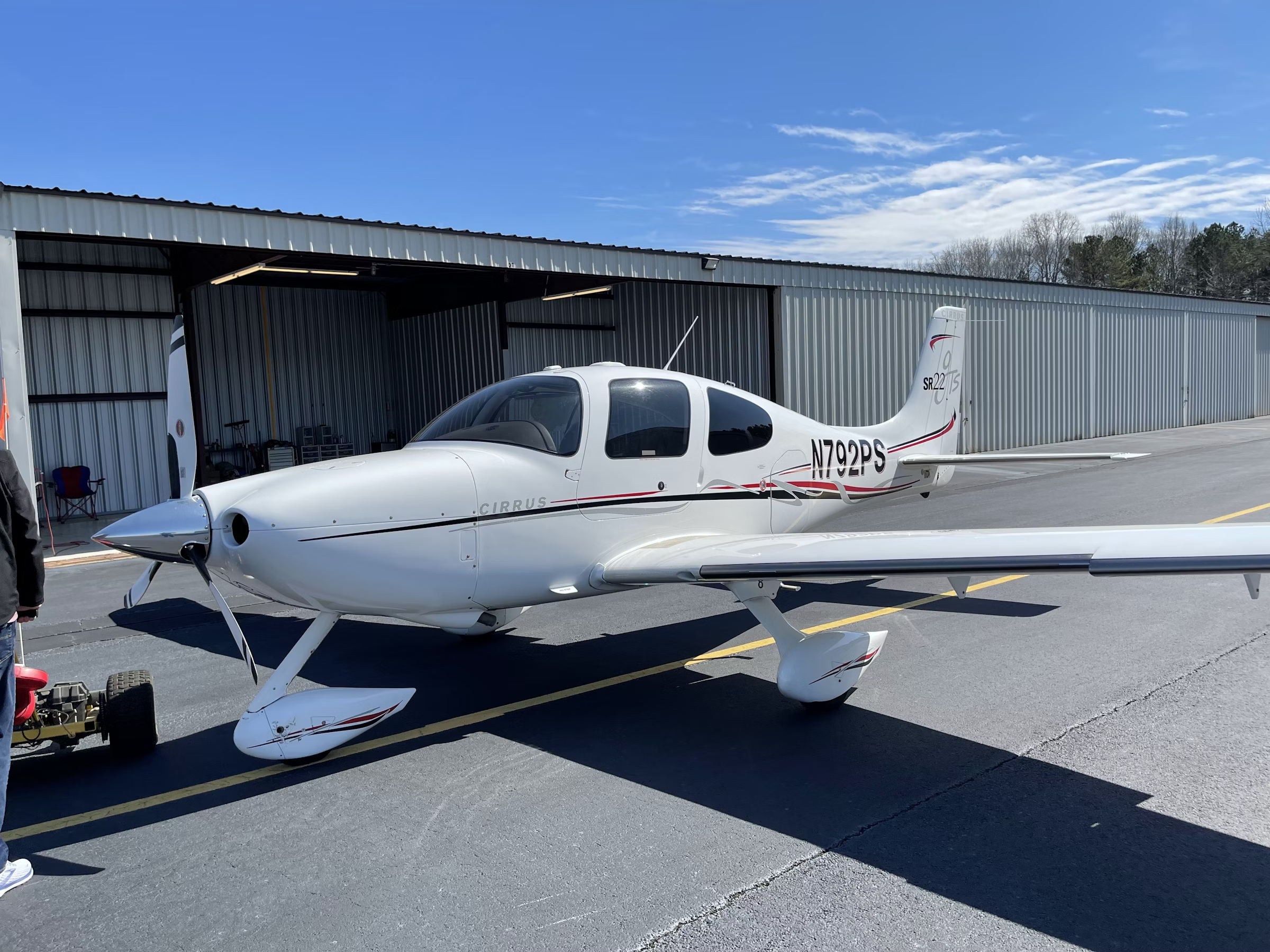Why Are Legacy Aircraft Fuel Gauges Notoriously Inaccurate?
Answer can be traced to a combination of multiple things—corrosion, latency, and time.

Question: Why are legacy aircraft fuel gauges notoriously inaccurate?
Answer: It is the combination of multiple things—corrosion, latency, and time.
There is always trace amounts of moisture in fuel, and it produces compounds that are corrosive. While most of the aircraft is aluminum (which is lighter and less susceptible to corrosion), steel is used in specific applications (such as older fuel senders) because of its conductive qualities and low cost.
If you're not already a subscriber, what are you waiting for? Subscribe today to get the issue as soon as it is released in either Print or Digital formats.
Subscribe NowHowever, blending dissimilar metal is another cause of corrosion leading to all manner of failures over time.
Another thing that exacerbates the problem in legacy fuel gauge senders is the lack of movement for extended periods.
Most people drive a car every day which both changes the fuel level in the tanks and sloshes the fuel around, thereby causing the fuel senders to be in a frequent state of motion. Conversely, fuel can sit motionless in an aircraft fuel tank for days, weeks, or longer, thereby making the senders susceptible to the adverse effects of stagnation.
- READ MORE: Do I Qualify for the Commercial Check Ride?
Furthermore, when the aircraft aren’t sitting stationary, they operate in three dimensions and are sometimes subjected to abrupt movements in all directions in bumpy air that also accelerates wear on the pivots. Controlled contact is key for accurate readings of fuel level.
Collectively, the lack of use (sitting stationary for long periods at the same level), moisture in fuel (causing corrosion), and the repeated motion in three dimensions (sometimes abruptly) degrades the accuracy of sending units over time, thereby giving false fuel level indicators on the gauge–often an antiquated analog gauge.
We also don’t tend not to drive the same vehicle for 30, 40, or 60 years with the same aging instruments that gradually fail.
The good news is that modern aircraft fuel level sensing and digital fuel gauges are extremely accurate. And for those flying older aircraft, there are also high-tech solutions for fuel level accuracy.
The replacement of legacy fuel senders with high-tech, corrosion-resistant fuel level sensors and digital fuel gauges can and should be upgraded in every legacy aircraft to help reduce fuel starvation accidents—the leading cause of accidents.
- READ MORE: Corrosion 101: What Causes It?
In the grand scheme of things, updating the fuel sensors is by far one of the first improvements an aircraft owner should make when purchasing a legacy aircraft. Visually inspecting fuel level, relying on dipping the tanks, monitoring fuel flow, and using a timer of some sort are all fraught with errors that can lead to fuel starvation.
The best solution for updating legacy fuel gauge accuracy is to install the same digital sensors that many OEMs source on new aircraft like Beechcraft, Cessna, Cirrus, Daher, Tecnam, and many others. CiES has hundreds of STCs for the most popular GA aircraft so the odds are there’s a fuel sensor for your aircraft. You’ll also need a compatible digital fuel gauge. The first step is to determine if there’s an STC for your make and model aircraft.
This column first appeared in the November Issue 952 of the FLYING print edition.

Sign-up for newsletters & special offers!
Get the latest FLYING stories & special offers delivered directly to your inbox







